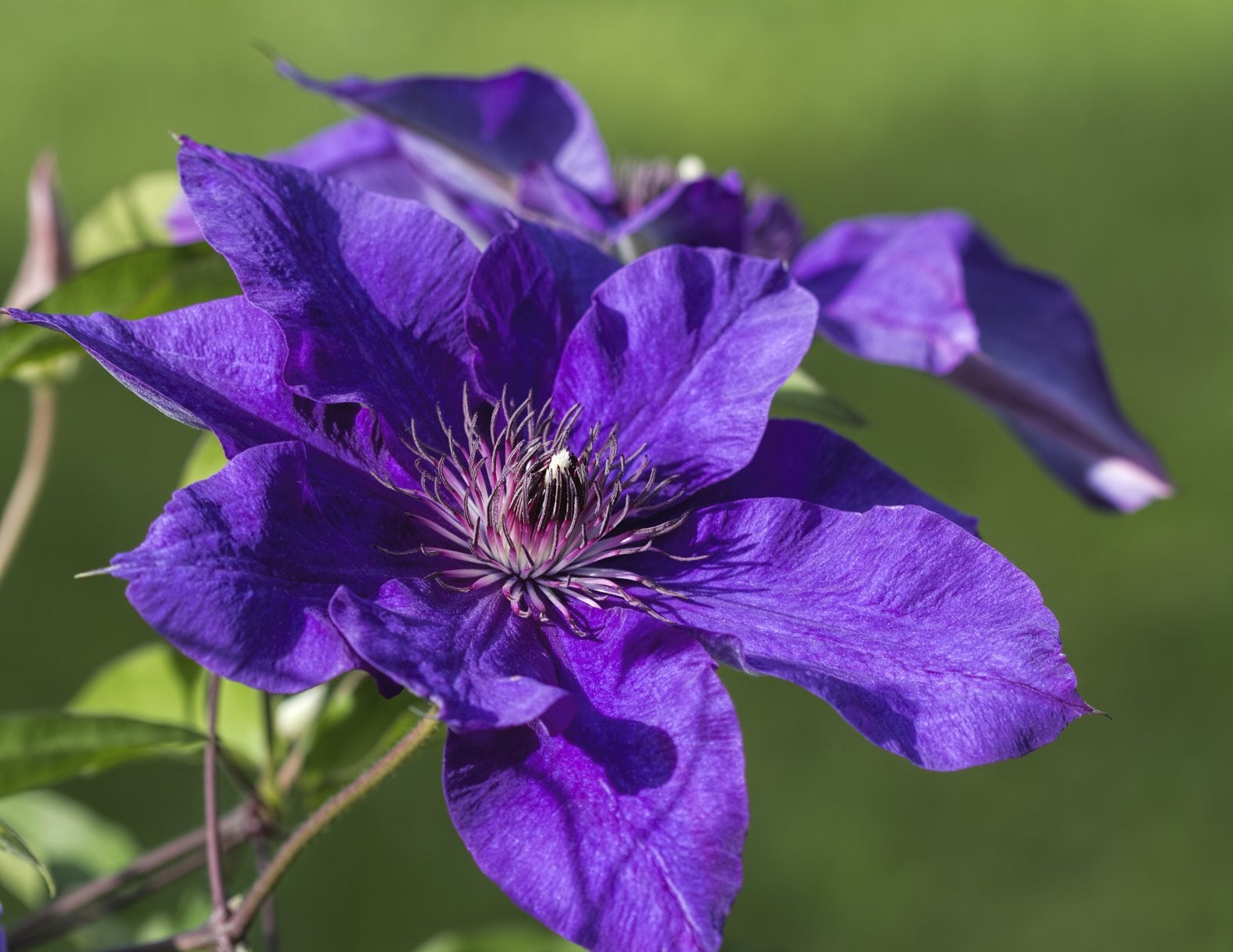Clematis Varieties For Zone 4: Growing Clematis In Zone 4 Gardens


While not all are considered cold hardy clematis vines, many of the popular varieties of clematis can be grown in zone 4, with the proper care. Use the information in this article to help determine suitable clematis for cold climates of zone 4.
Choosing Zone 4 Clematis Vines
Jackmanii is probably the most popular and reliable zone 4 clematis vine. Its deep purple flowers bloom first in spring and then again in late summer through fall, blooming on new wood. Sweet Autumn is another popular cold hardy clematis vine. It is covered in small, white, extremely fragrant flowers in late summer through fall. Listed below are additional clematis varieties for zone 4. Chevalier – large, lavender-purple blooms Rebecca – bright red blooms Princess Diana – dark pink, tulip-shaped flowers Niobe – deep red flowers Nelly Moser – light pink flowers with dark pink-red stripes down each petal Josephine – double lilac-pink flowers Duchess of Albany – tulip-shaped, light to dark pink blooms Bee’s Jubilee – small pink and red flowers Andromeda – semi-double, white-pink flowers Ernest Markham – large, magenta-red blooms Avant Garde – burgundy flowers, with pink, double centers Innocent Blush – semi-double flowers with “blushes” of dark pink Fireworks – purple flower with dark purple-red stripes down each petal
Growing Clematis in Zone 4 Gardens
Clematis like moist but well-draining soil in a site where their “feet” or root zone is shaded, and their “head” or aerial parts of the plant are in the sun. In northern climates, cold hardy clematis vines that bloom on new wood should be cut back in late autumn to winter and heavily mulched for winter protection. Cold hardy clematis that bloom on old wood should only be deadheaded as needed throughout the blooming season, but the root zone should also be heavily mulched as protection through winter.
Sign up for the Gardening Know How newsletter today and receive a free copy of our e-book "How to Grow Delicious Tomatoes".

Darcy is a former contributor to Gardening Know How. She is a professional landscape designer and gardening writer with experience in plant sales. An avid gardener, Darcy has a passion for sharing practical tips to help others grow.